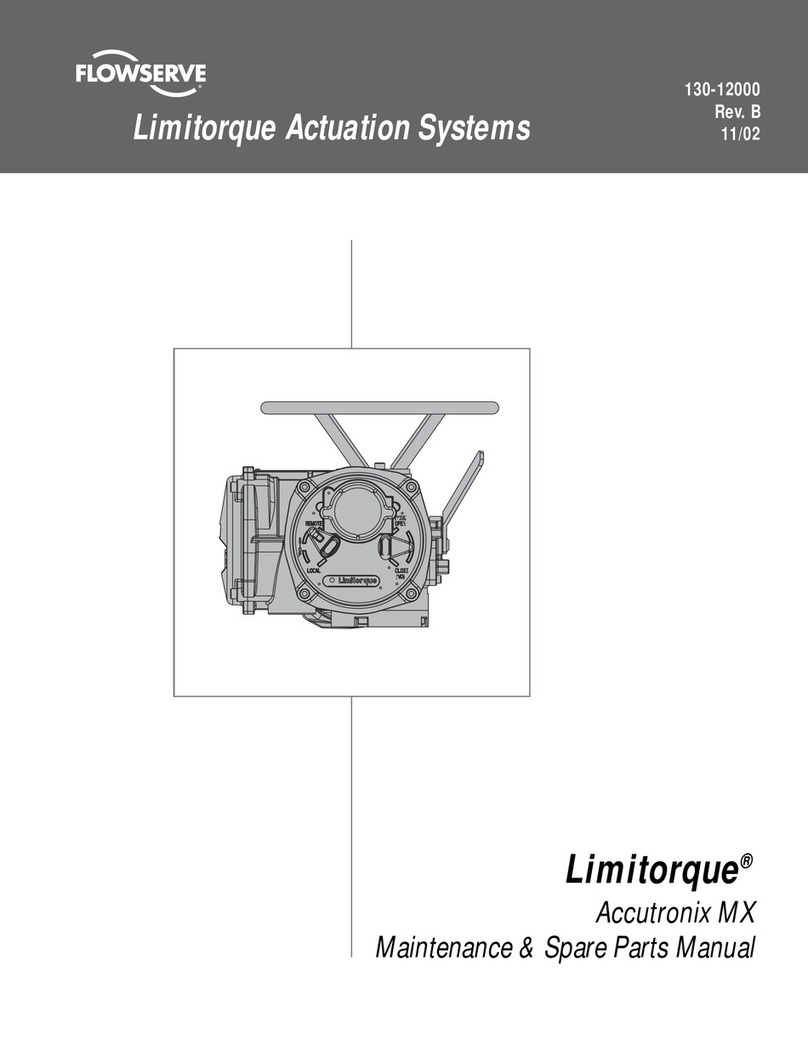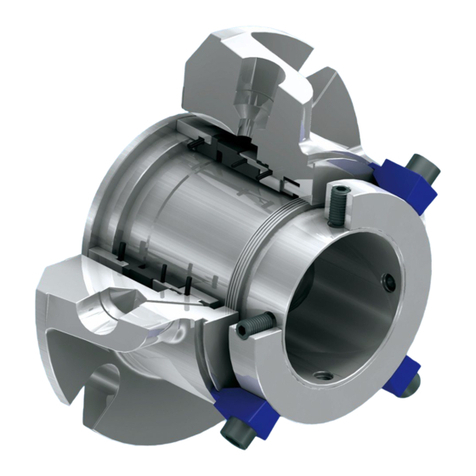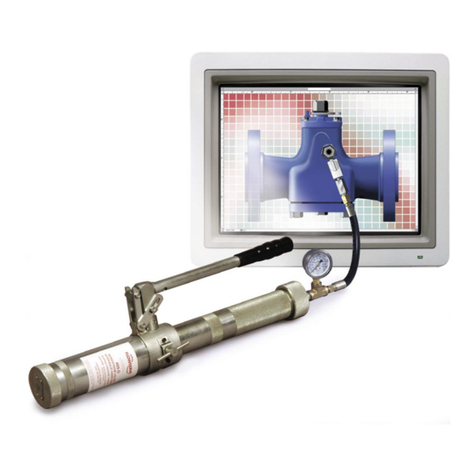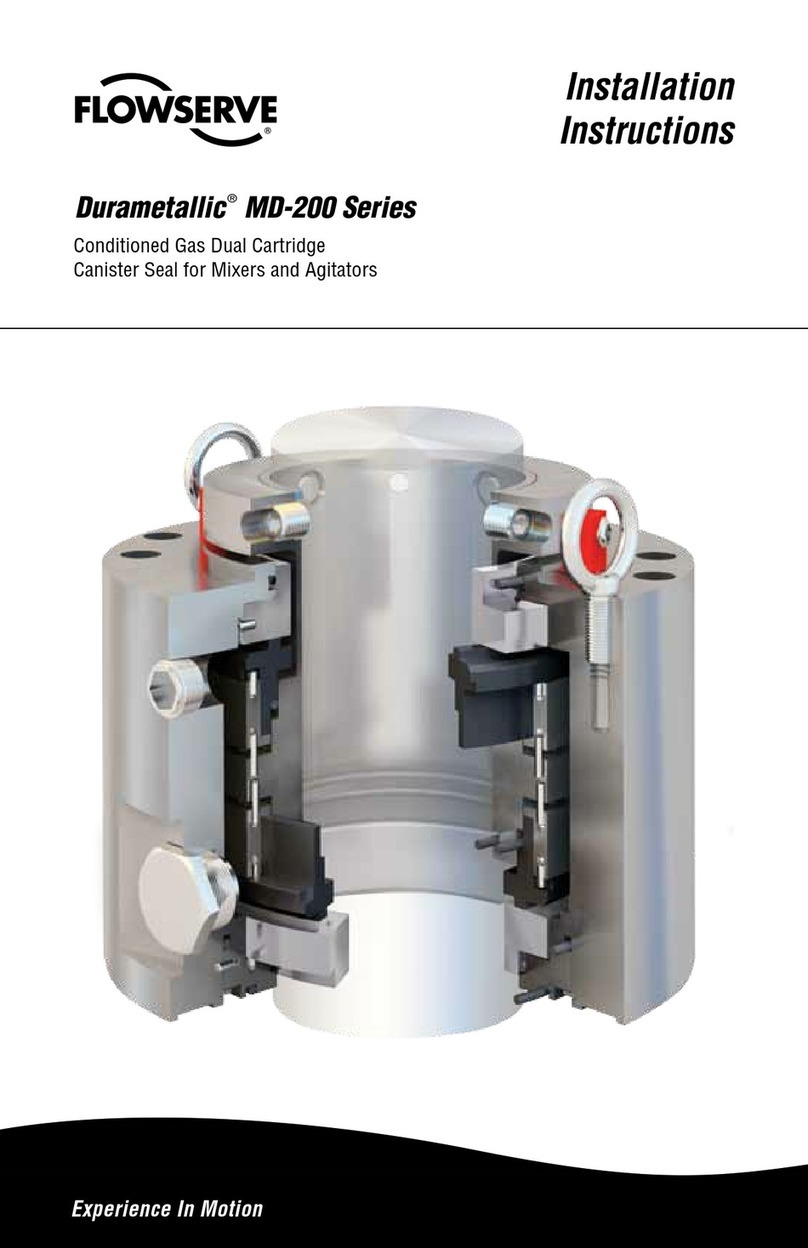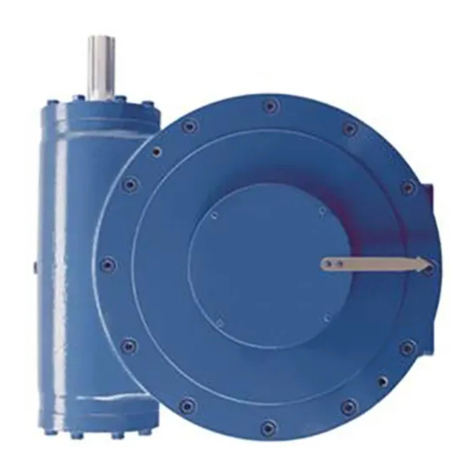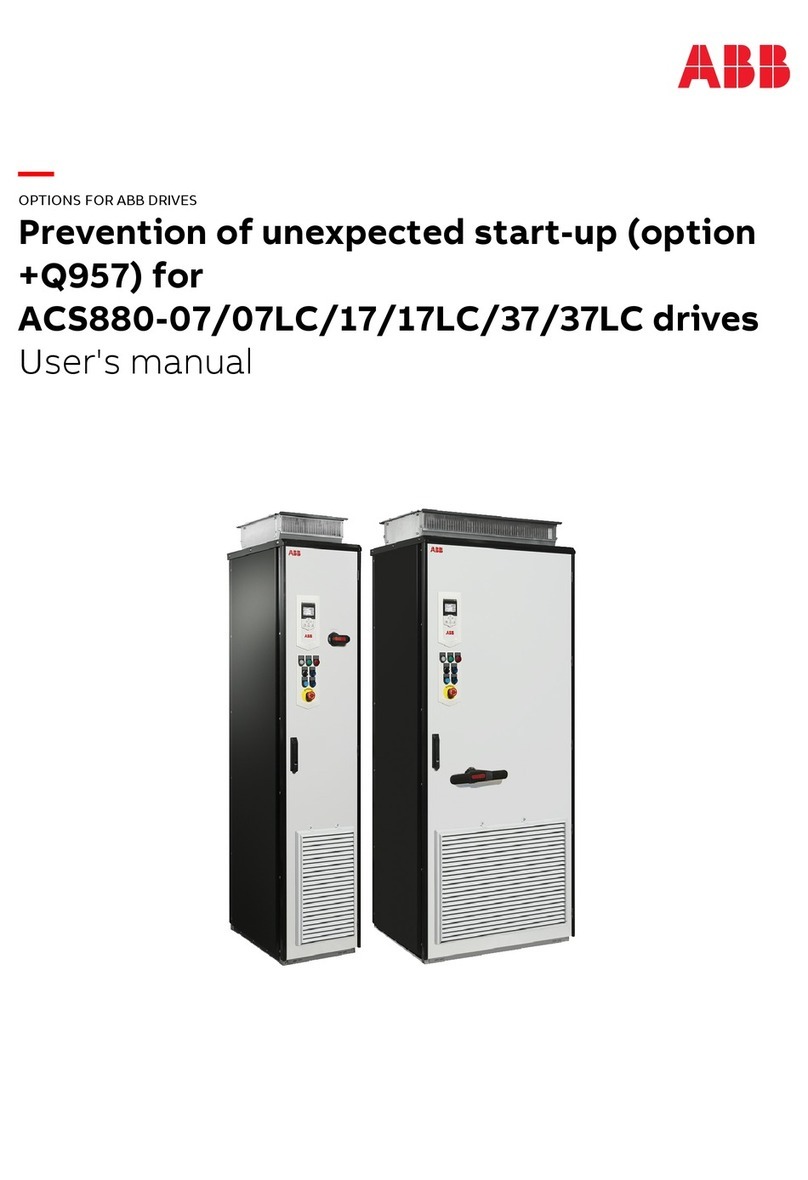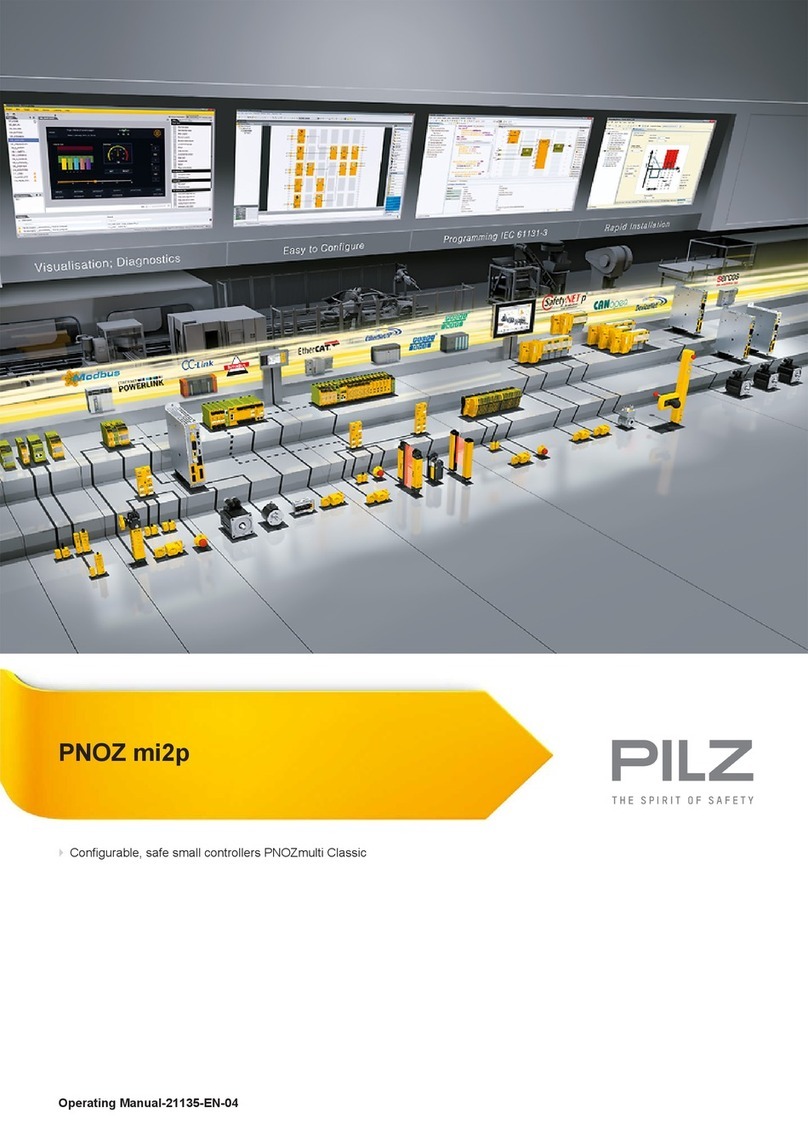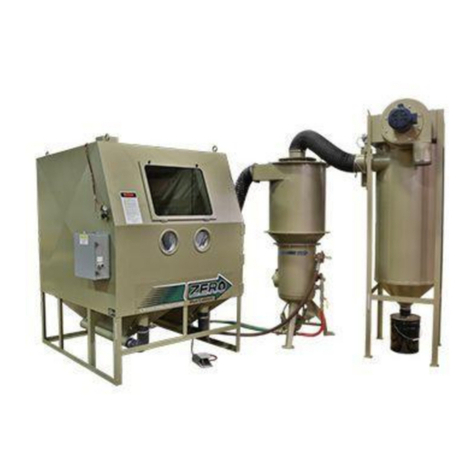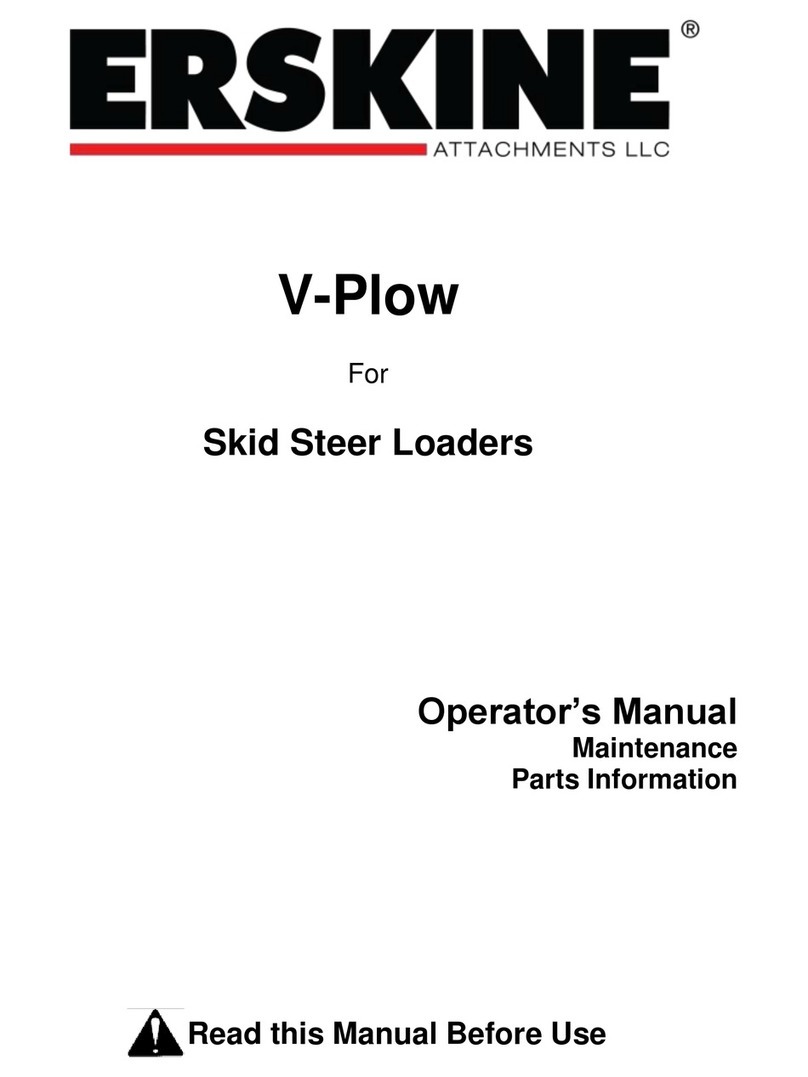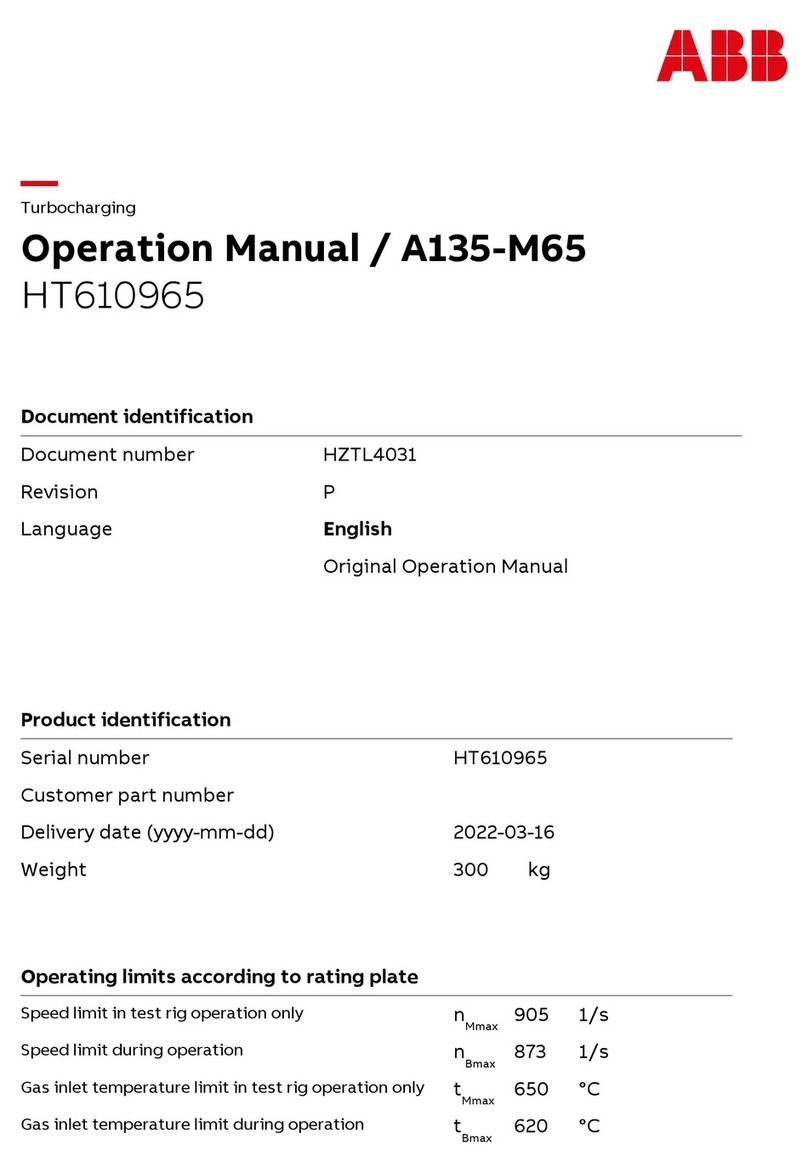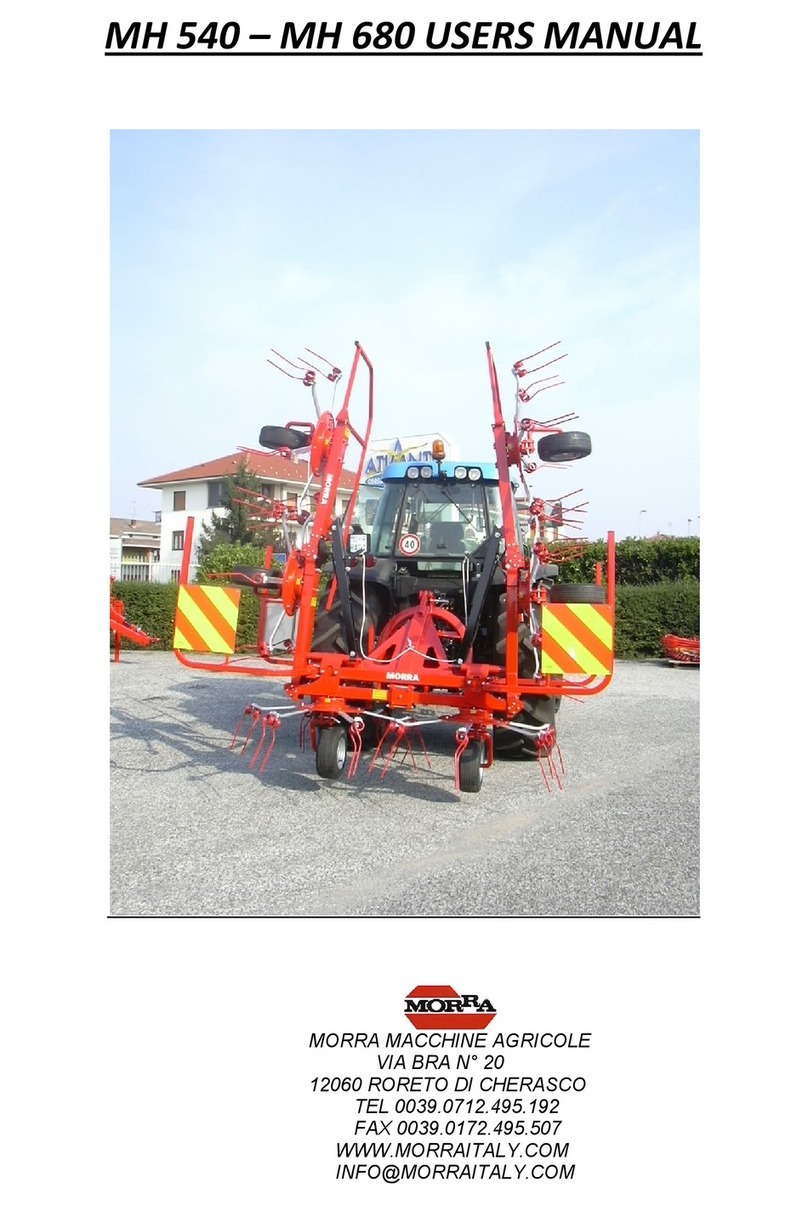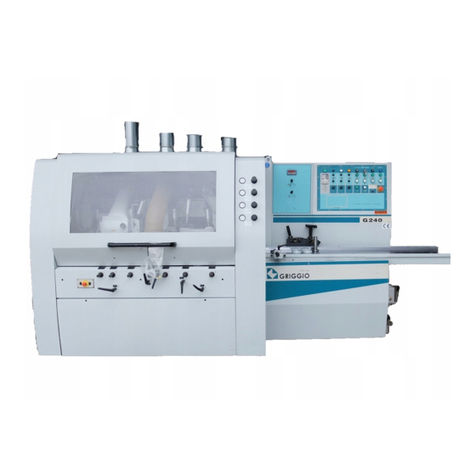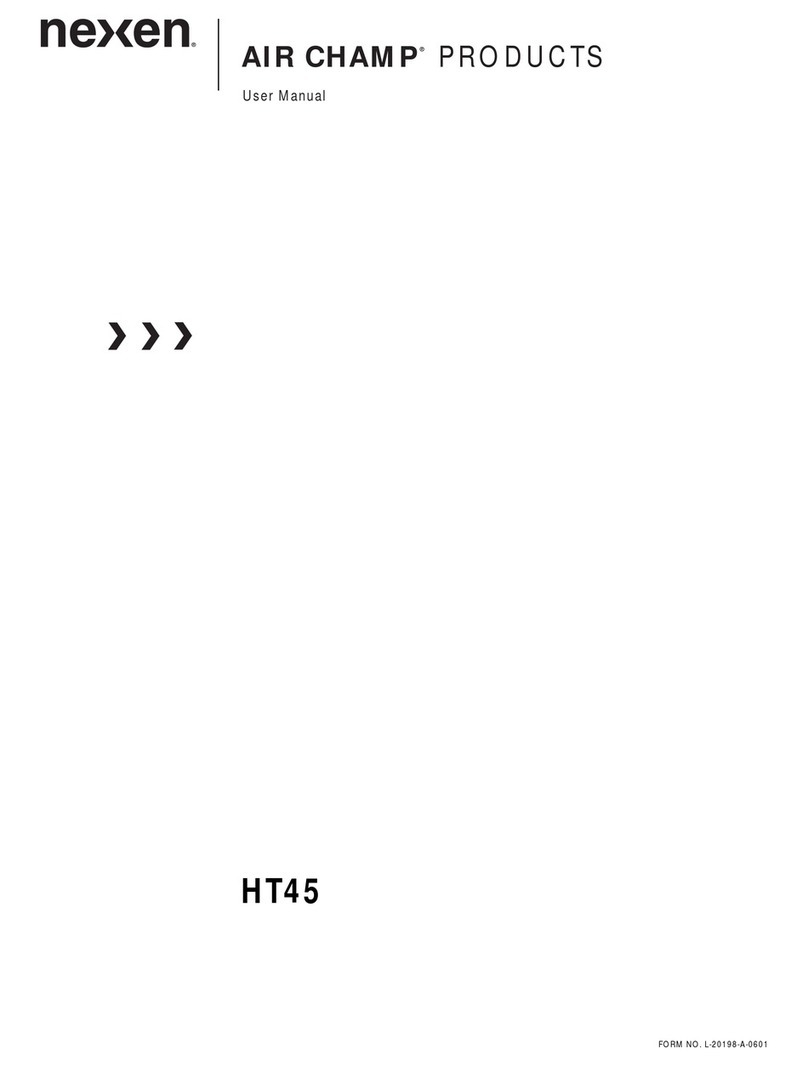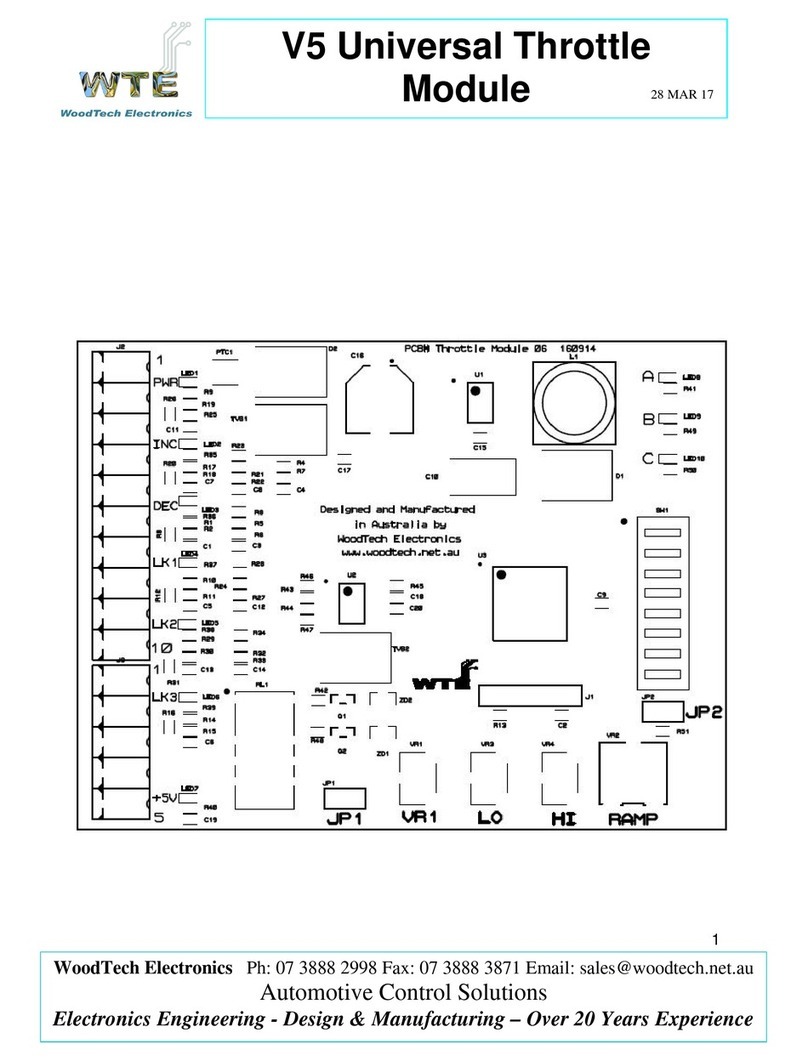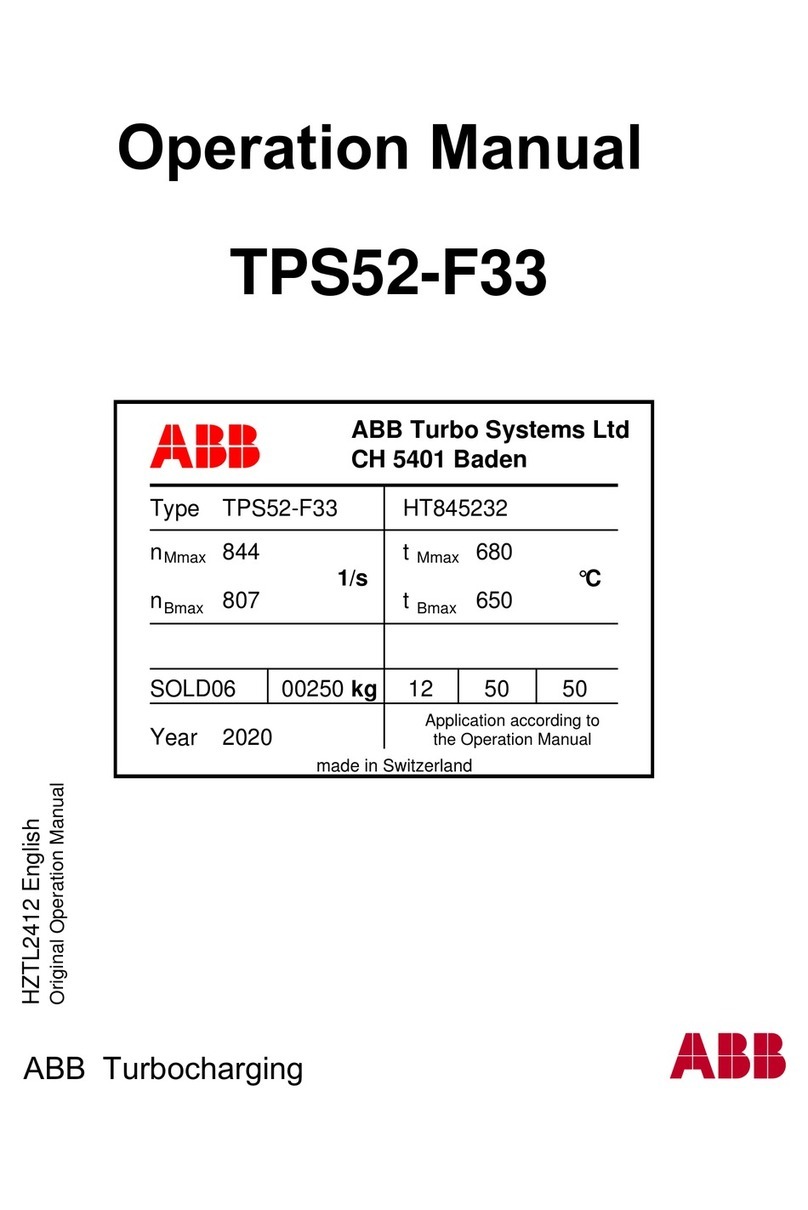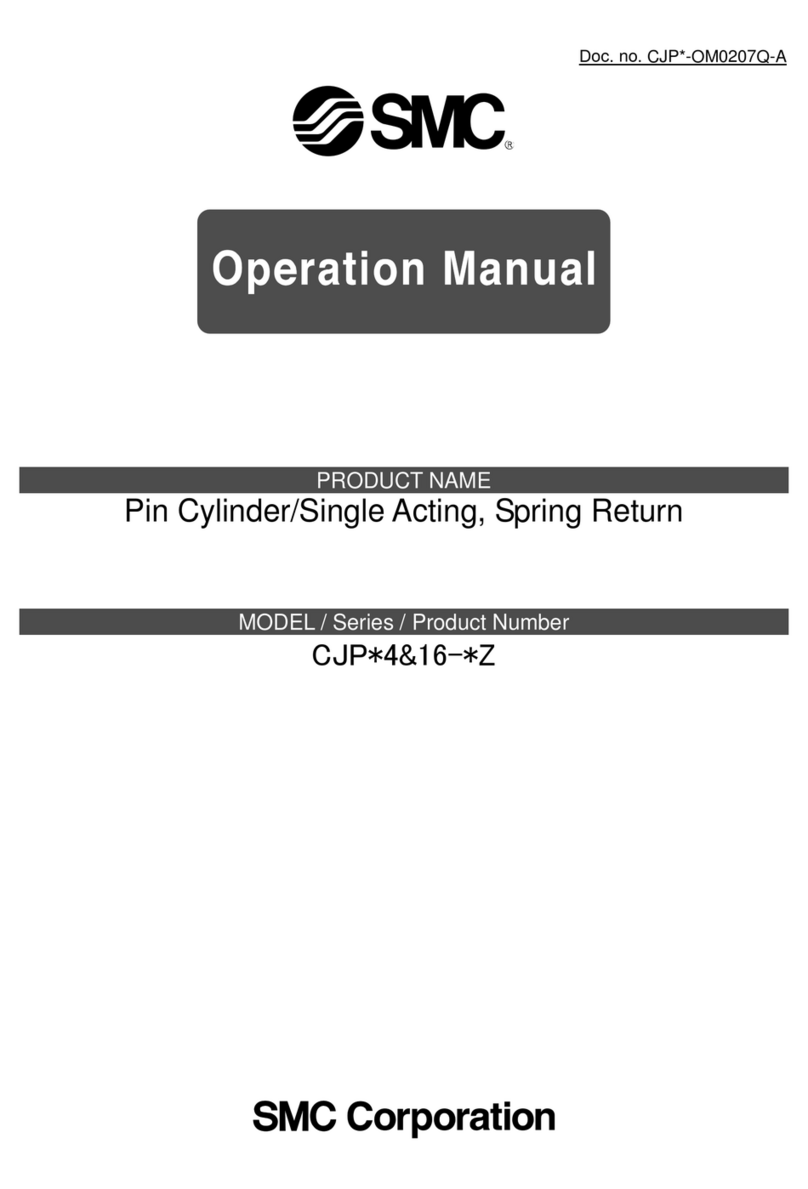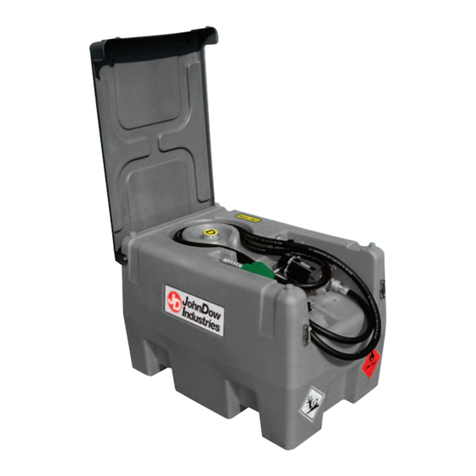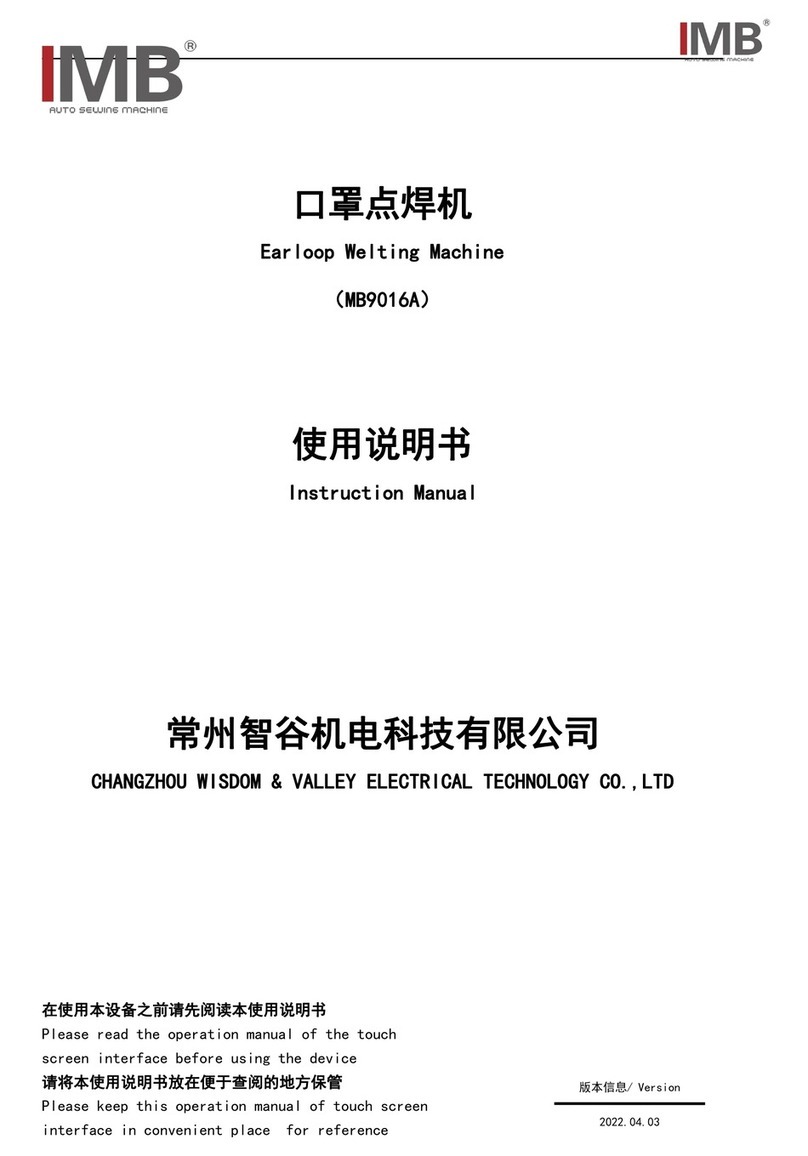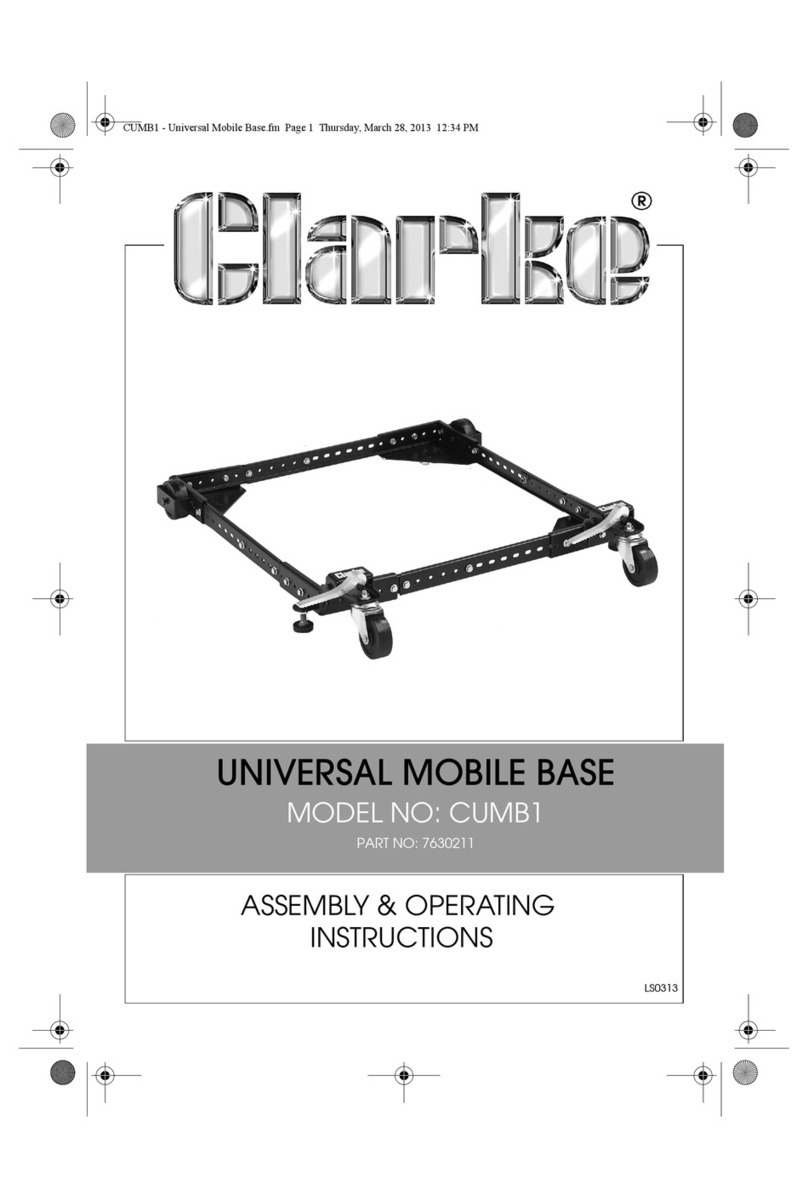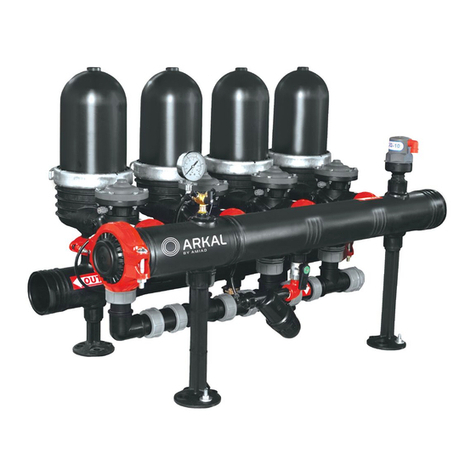
Flowserve.com 3SSIOM000742-00 (EN/AQ) November 2022
682-53B System
1 Introduction
1.1 About this manual
This manual (which is intended for operating,
maintenance, and supervisory personnel) provides
information on installing, operating, and maintaining the
682-53B system.
NOTE: As hazardous conditions can result from planned
as well as unforeseen circumstances, pressurized
equipment shall always be operated with caution.
Before installation, equipment should always be fully
inspected including, but not limited to checking for:
• Any possible damage due to transport or storage
• Cleanliness, required before operation
• Existence of an afxed nameplate with correct
inspection markings and design/test conditions
clearly annotated
1.2 How to use this manual
Only trained and qualied personnel should use this
manual. Refer to section 2.3. Inexperienced personnel
should only work on this system under the supervision of
a qualied person.
Before using this manual, make sure you have fully read
and understood the safety section. If you are new to
the system, pay particular attention to section 4, which
describes the system in detail.
When maintaining the system, always make sure you
follow the maintenance procedures. Pay particular
attention to the alerts and icons.
1.3 Other supplied documentation
The appendix contains the General Arrangement
drawings (called GA drawings) and documentation on the
vendor parts. The instructions in this manual sometimes
refer to the vendor documentation. If a reference is
made to the vendor documentation, you must follow the
instructions in that documentation as well.
1.4 Conformity with norms and directives
The 682-53B system conforms to the following norms
and directives (if applicable):
• Machine directive/2006/42/EC
• NEN 5509:2016
• ATEX Directive 2014/34/EU
• PED 2014/68/EU
• ASME B31.3
• ASME BPVC Section VIII Div. 1
• API Standard 682


